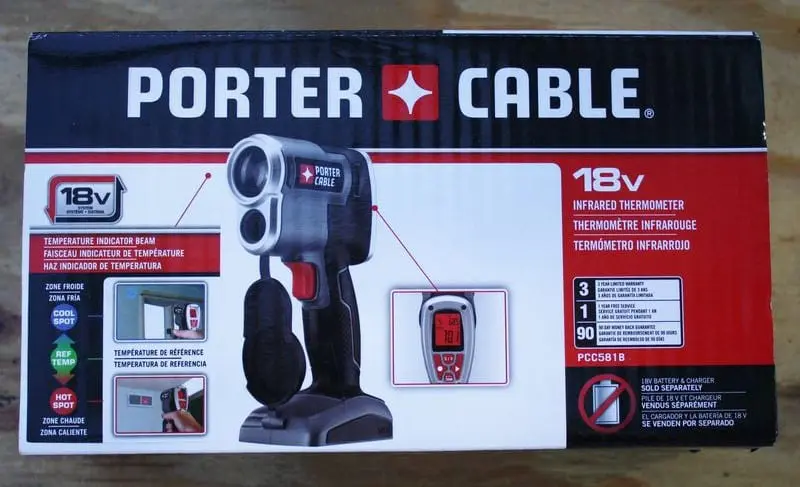
Milwaukee 2270-20 Contact Temperature Meter Preview
The new Milwaukee 2270-20 Contact Temperature Meter can simultaneously measure two temperature points. It has a high contrast white on black display that can be read across the room and simple controls that are easy to use. In fact, the entire user interface is very simple. The tool performs Celsius to Fahrenheit conversion, simultaneous T1 and T2 measurements, and even difference measurements. It can store minimum and maximum temperature readings and has a strong removable magnetic base for hanging it directly, or via suspension, off duct work, panels and other metallic surfaces.









